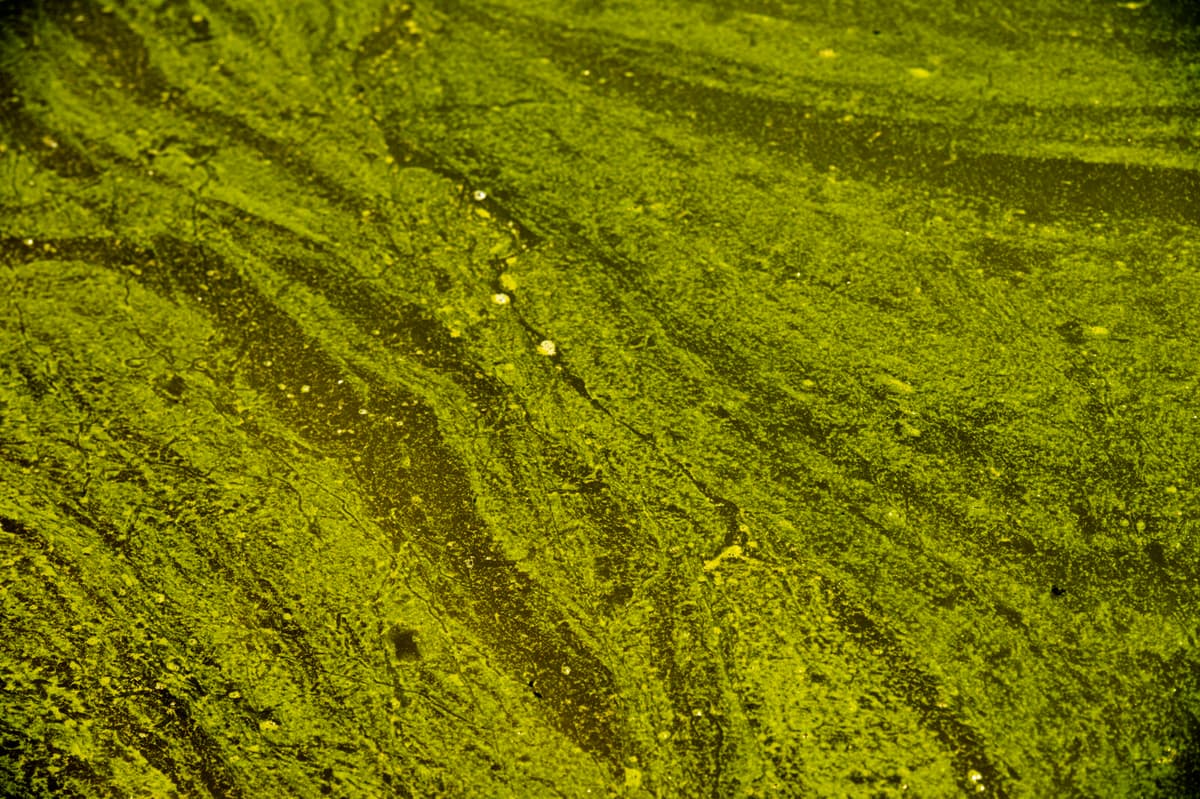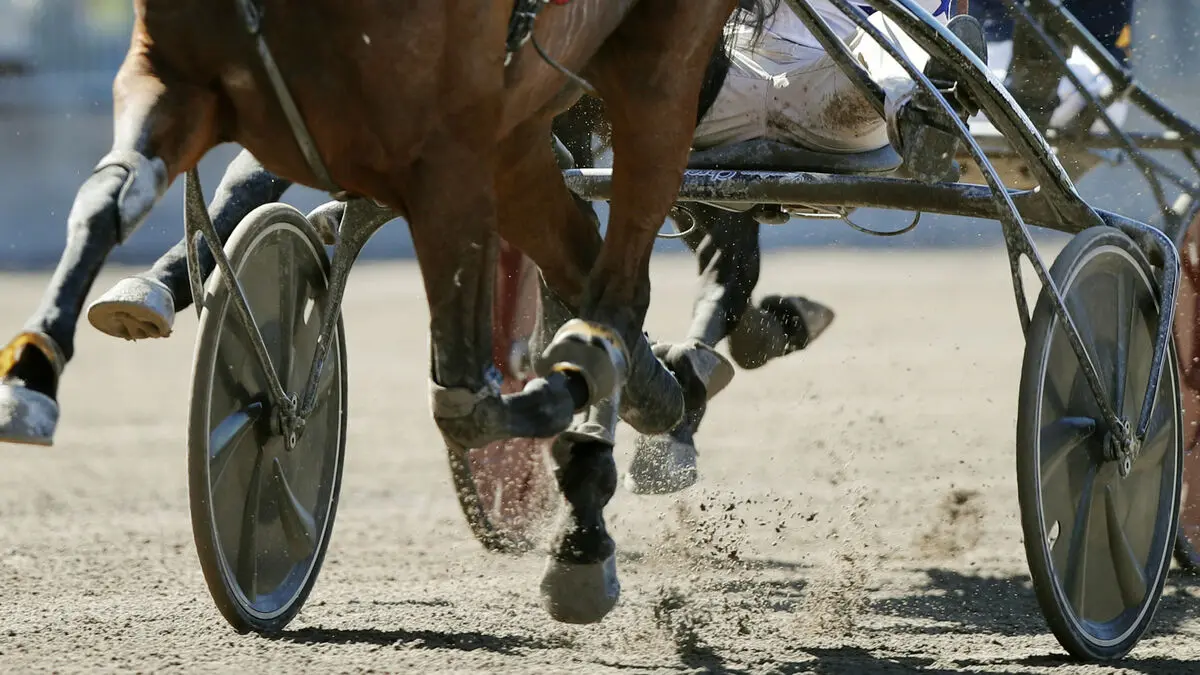The algae Karenia mikimotoi, which damages fish gills and suffocates them, covered 4,400 square kilometers when it was first observed in mid-March.
While the authorities in the state of South Australia had hoped that the bloom would disperse, it has instead spread in the area. The Australian government is providing funds to handle the algae and the state is holding a crisis meeting about the problem on Tuesday.
A heat wave in the sea in the area is said to have largely subsided, but continues in some deeper waters.
"Mass death"
It's hard to exaggerate how extremely serious this environmental crisis with algae bloom is in South Australia, says marine biologist Adriana Verges at the University of New South Wales to AFP.
We're talking about extensive mass death of almost 500 different marine species. It's absolutely devastating.
Ian Mitchell, who runs a fish market in Adelaide, says that some have not had any catch since April.
It's the worst I've seen, he says to the TV channel ABC.
I talk to fishermen every day, and they cry on the phone.
Nutrient-rich wastewater from floods and unusually high sea temperatures are believed to be behind the algae bloom.
Warning signal
Historically, it can take years for fisheries and aquaculture industries to recover from such algae blooms, according to Paul Gamblin, head of the environmental organization Australian marine conservation society.
It's a hugely flashing red warning signal that climate change has come to Australia and is causing major consequences, he says to AFP.
South Australia has never before experienced a toxic algae bloom that has been this large and lasted this long.
Beach visitors are advised to avoid bathing in water that is discolored or foamy, as it can irritate the skin and affect breathing.





